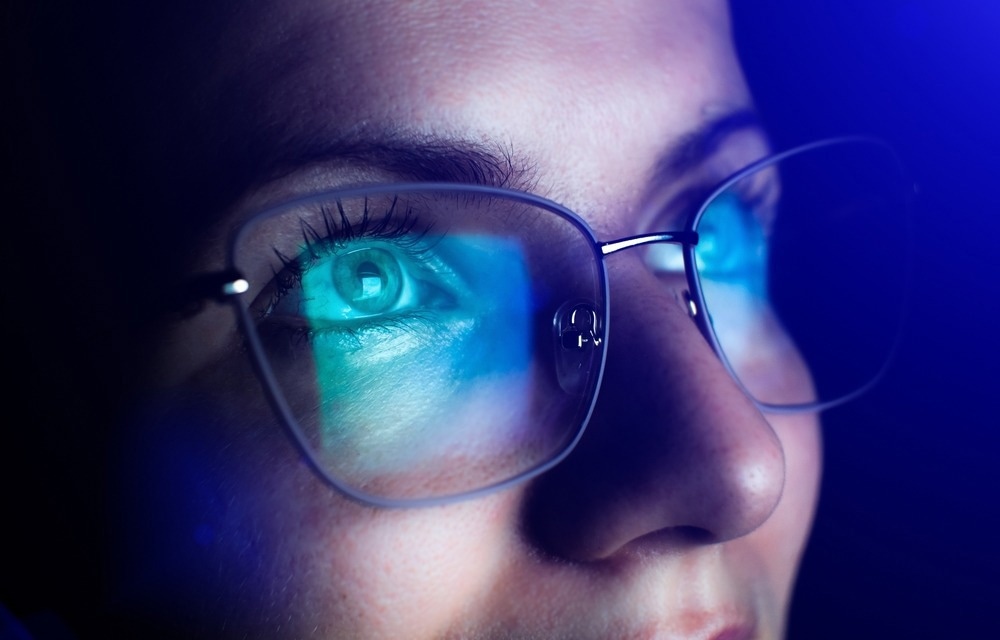The interference with sleep caused by the blue light emitted from LED lamps and electronic devices is well-documented due to its disruption of the natural sleep hormone melatonin.

Image Credit: Only_NewPhoto/Shutterstock.com
While tinted glasses or night mode displays can partially mitigate this effect, they do not fully eliminate the impact of disruptive wavelengths. Researchers, as reported in ACS Omega, have now developed “human-centric” LEDs that may have the ability to modulate drowsiness or alertness as needed.
Humans have evolved across centuries to align with daytime activity and nighttime rest, relying on sunlight to regulate sleep patterns. However, modern lifestyles often confine many individuals indoors, distancing them from natural sunlight, thus challenging the maintenance of a healthy 24-hour circadian rhythm.
Exposure to artificial light exacerbates this issue by potentially suppressing melatonin secretion. Specifically, nighttime exposure to blue light significantly disrupts melatonin production, impacting sleep quality.
Yet, LEDs in various devices such as lamps, computers, TVs, and handheld electronics emit this disruptive blue light, commonly used during evening hours. Motivated to address this, Changwook Kim, Young Rag Do, and their team embarked on creating a light source capable of supporting natural circadian rhythms, irrespective of the time of day it is utilized.
Blue light spans wavelengths from 380 to 500 nanometers (nm), yet not all wavelengths within this range are affected in the same way. The wavelengths accountable for suppressing melatonin and promoting wakefulness fall between 460 and 500 nm.
To address this, the researchers developed two distinct LEDs emitting specific blue light wavelengths. The daytime-oriented LED limited its blue emissions to wavelengths hovering around 475 nm, optimized for daytime use. Conversely, the evening-oriented LED emitted blue light near 450 nm, situated outside the range that disrupts sleep, specifically tailored for use during the evening hours.
The researchers integrated these two new LEDs into bulbs, generating white light by transforming a portion of the blue light into red and green using enclosed phosphors. These LED bulbs, alongside conventional ones, were installed in ceiling fixtures within a windowless room furnished with a desk, treadmill, and bed.
Male volunteers occupied the room for three consecutive days, with a computer regulating the activation of different LED types. This enabled a comparison of melatonin level impacts between conventional bulbs and the newly introduced daytime and evening bulbs.
Saliva samples from 22 volunteers revealed that the utilization of the new LEDs escalated nighttime melatonin levels by 12.2% while diminishing daytime melatonin by 21.9% in contrast to continuous exposure to conventional LEDs.
The researchers aspire that manufacturers producing LED lamps and electronic displays will leverage these findings to assist individuals in enhancing daytime productivity and vigor, while concurrently enhancing nighttime relaxation and improving sleep quality.
Journal Reference:
Eo, Y. J., et al. (2023) Development and Verification of a 480 nm Blue Light Enhanced/Reduced Human-Centric LED for Light-Induced Melatonin Concentration Control. ACS Omega. doi.org/10.1021/acsomega.3c05620.
Source: https://www.acs.org/